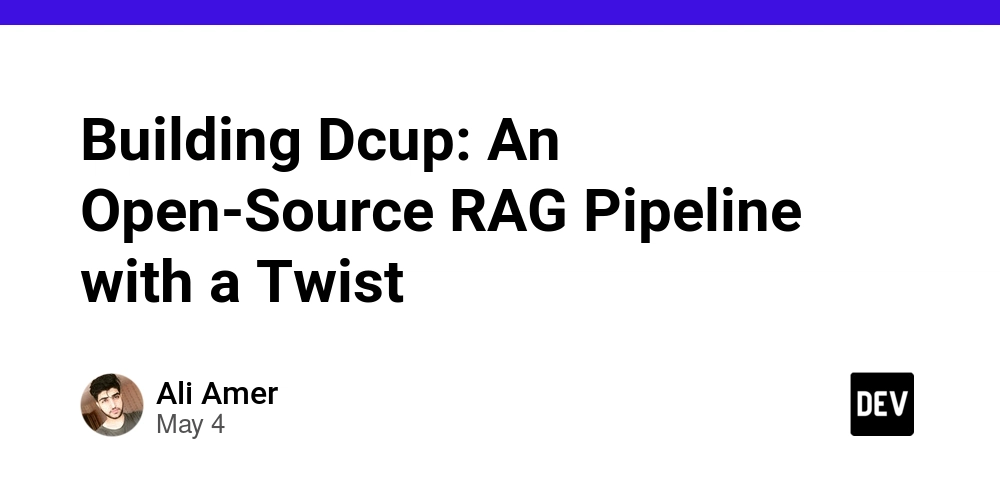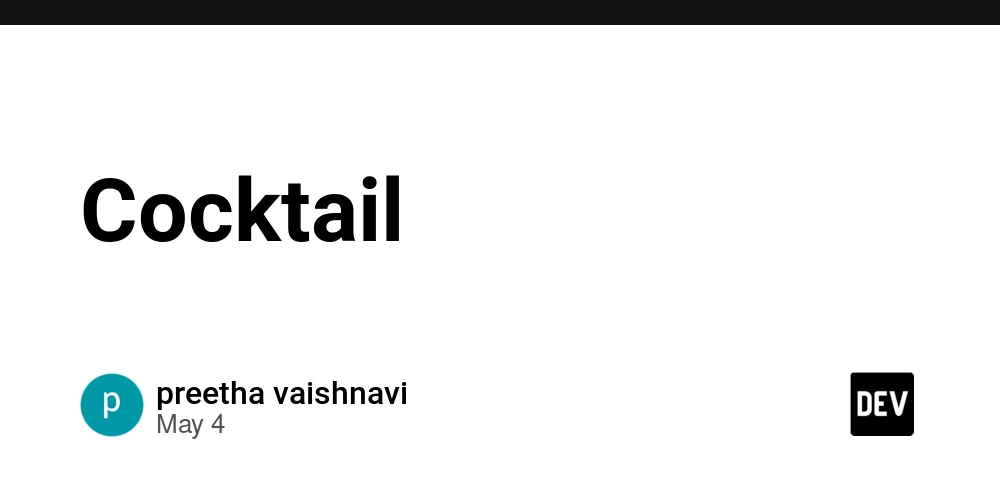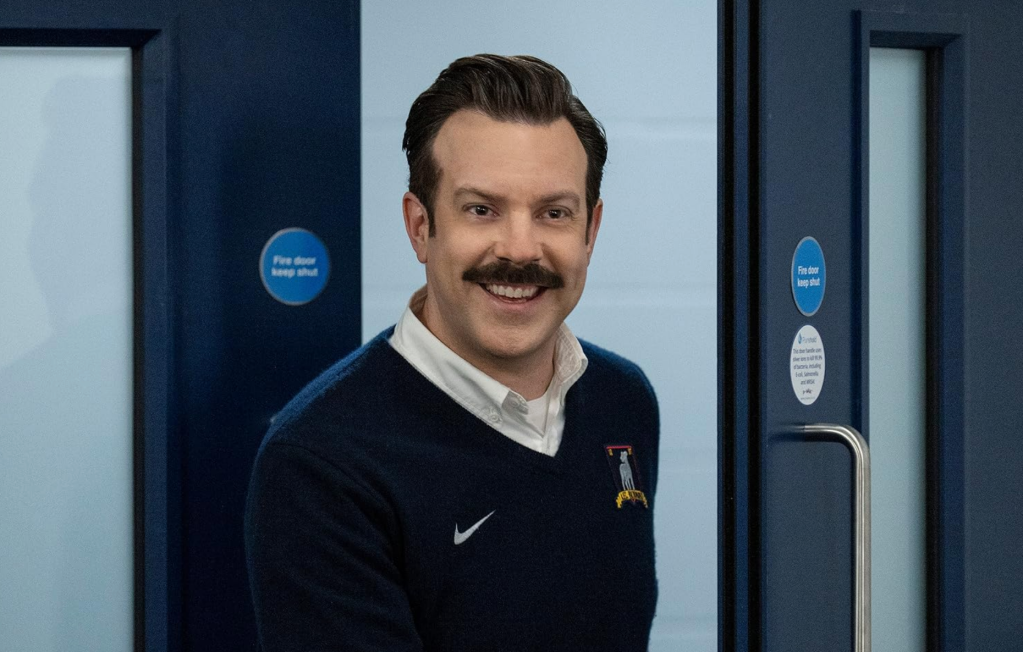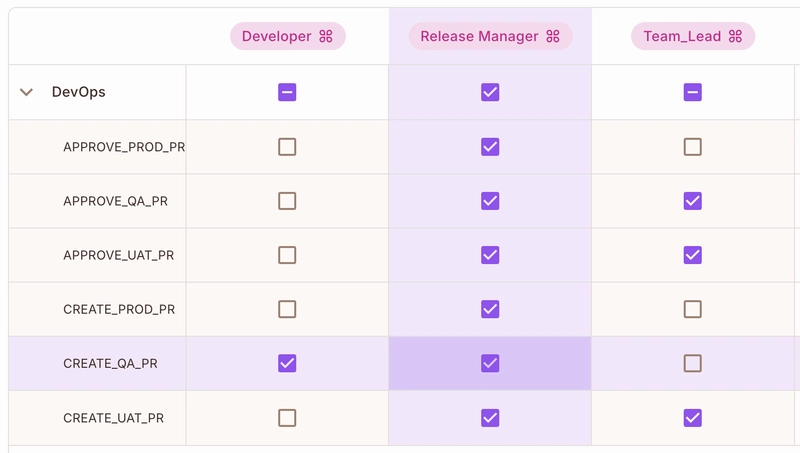Lessons from Building a One-Man Startup: The Evolution of Octal Stream
Over the course of several years, I embarked on an ambitious solo journey to create a digital education business. What began as a simple idea evolved through multiple iterations—each one teaching me something about technology, process, and the nature of entrepreneurship itself. This is the story of that journey—from Katacoding to Sigmacasts to Octal Stream—and the insights I gained along the way. The Evolution: From Video Calls to Scalable Content The concept began with Katacoding, a platform offering live, one-on-one online coding lessons via video calls. While the model had promise, it lacked scalability. That realization led to Sigmacasts, a curated series of educational videos on math and computer science. The production process taught me how to craft educational narratives and use video to communicate abstract ideas. Eventually, these two concepts merged into Octal Stream—a platform offering on-demand, instructor-led video lessons focused on foundational web development. Octal Stream aimed to deliver the human quality of live lessons with the reach and polish of asynchronous video. Technologies I Leveraged (and Learned) The project became an opportunity to develop and integrate a wide range of technologies and tools. Among them: AWS Cloud Services: Lightsail virtual machines, S3 object storage, Route 53 for DNS, and Simple Email Service for transactional and marketing communication. WordPress: Using the Avada theme along with essential plugins like Memberpress for subscriptions, Stripe Payments, Yoast SEO, and Wordfence. External services: Vectera for video hosting, iPage for WordPress hosting, and stock image libraries for visual content. Creative tools: KdenLive for video editing, GIMP for image creation and manipulation, and Office/LibreOffice for scriptwriting, presentations, and animations. Code and browser-based work: Sublime Text for scripting and site customizations, regular browser-based demonstrations for teaching content. Each technology had a learning curve, but it also brought a deeper understanding of full-stack development, infrastructure management, and the production workflow behind digital products. Protocols and Systems I Built To stay productive and consistent, I developed internal protocols and workflows for nearly every aspect of the business: Audio and video recording standards: Detailed specs and consistent steps to ensure production quality. Content pipeline: A structured system for writing, recording, editing, and publishing video lessons. Deployment and migration guides: Documentation to help with website migrations and service updates. Marketing systems: Templates and notes for SEO, ad copywriting, social media strategy, and campaign tracking. These internal systems gave structure to a complex creative and technical process. They also laid the groundwork for future delegation, should I ever grow the team. Business Infrastructure and Exploration Beyond technology, I explored what it meant to create a business infrastructure designed to support international growth. This included: Incorporating a Delaware LLC with IncNow Filing for an EIN (Employer Identification Number) with the IRS Opening a Mercury Bank account for international payments Securing a U.S.-based virtual business address and registering it with the U.S. Embassy in Buenos Aires Investigating options like Stripe Atlas for potential U.S. incorporation, bank account and market reach These steps broadened my understanding of global business logistics and helped me think about scalability from both a financial and legal standpoint. What I Learned About Organizations Working solo gave me an intimate look at what it means to be the organization. I wore every hat—developer, designer, instructor, marketer, sysadmin, and CEO. That experience was humbling and illuminating. Some key realizations: Organizations are ecosystems. Each function—product, marketing, operations, finance—demands time and energy. Trying to scale all of them equally at once is a recipe for burnout. Focus is survival. Passion projects are energizing, but if they don’t support revenue, they should be postponed until the essentials are working. Efficiency matters. Free and open-source tools can dramatically reduce startup costs, though finding and configuring them is becoming more complex. Competing for attention is expensive. I learned to be cautious with paid ads and SEM—especially when going up against established corporations with large budgets. Lessons I’ll Take Into Future Ventures Looking back, I see this experience not as a “failed startup,” but as a highly concentrated entrepreneurial education. Here’s what I’ll carry forward: Validate early. I built a product before building an audience. Future efforts will prioritize community and conversation early on. Don’t over-invest in polish before traction. From branding to video pr

Over the course of several years, I embarked on an ambitious solo journey to create a digital education business. What began as a simple idea evolved through multiple iterations—each one teaching me something about technology, process, and the nature of entrepreneurship itself. This is the story of that journey—from Katacoding to Sigmacasts to Octal Stream—and the insights I gained along the way.
The Evolution: From Video Calls to Scalable Content
The concept began with Katacoding, a platform offering live, one-on-one online coding lessons via video calls. While the model had promise, it lacked scalability. That realization led to Sigmacasts, a curated series of educational videos on math and computer science. The production process taught me how to craft educational narratives and use video to communicate abstract ideas.
Eventually, these two concepts merged into Octal Stream—a platform offering on-demand, instructor-led video lessons focused on foundational web development. Octal Stream aimed to deliver the human quality of live lessons with the reach and polish of asynchronous video.
Technologies I Leveraged (and Learned)
The project became an opportunity to develop and integrate a wide range of technologies and tools. Among them:
AWS Cloud Services: Lightsail virtual machines, S3 object storage, Route 53 for DNS, and Simple Email Service for transactional and marketing communication.
WordPress: Using the Avada theme along with essential plugins like Memberpress for subscriptions, Stripe Payments, Yoast SEO, and Wordfence.
External services: Vectera for video hosting, iPage for WordPress hosting, and stock image libraries for visual content.
Creative tools: KdenLive for video editing, GIMP for image creation and manipulation, and Office/LibreOffice for scriptwriting, presentations, and animations.
Code and browser-based work: Sublime Text for scripting and site customizations, regular browser-based demonstrations for teaching content.
Each technology had a learning curve, but it also brought a deeper understanding of full-stack development, infrastructure management, and the production workflow behind digital products.
Protocols and Systems I Built
To stay productive and consistent, I developed internal protocols and workflows for nearly every aspect of the business:
Audio and video recording standards: Detailed specs and consistent steps to ensure production quality.
Content pipeline: A structured system for writing, recording, editing, and publishing video lessons.
Deployment and migration guides: Documentation to help with website migrations and service updates.
Marketing systems: Templates and notes for SEO, ad copywriting, social media strategy, and campaign tracking.
These internal systems gave structure to a complex creative and technical process. They also laid the groundwork for future delegation, should I ever grow the team.
Business Infrastructure and Exploration
Beyond technology, I explored what it meant to create a business infrastructure designed to support international growth. This included:
Incorporating a Delaware LLC with IncNow
Filing for an EIN (Employer Identification Number) with the IRS
Opening a Mercury Bank account for international payments
Securing a U.S.-based virtual business address and registering it with the U.S. Embassy in Buenos Aires
Investigating options like Stripe Atlas for potential U.S. incorporation, bank account and market reach
These steps broadened my understanding of global business logistics and helped me think about scalability from both a financial and legal standpoint.
What I Learned About Organizations
Working solo gave me an intimate look at what it means to be the organization. I wore every hat—developer, designer, instructor, marketer, sysadmin, and CEO. That experience was humbling and illuminating.
Some key realizations:
Organizations are ecosystems. Each function—product, marketing, operations, finance—demands time and energy. Trying to scale all of them equally at once is a recipe for burnout.
Focus is survival. Passion projects are energizing, but if they don’t support revenue, they should be postponed until the essentials are working.
Efficiency matters. Free and open-source tools can dramatically reduce startup costs, though finding and configuring them is becoming more complex.
Competing for attention is expensive. I learned to be cautious with paid ads and SEM—especially when going up against established corporations with large budgets.
Lessons I’ll Take Into Future Ventures
Looking back, I see this experience not as a “failed startup,” but as a highly concentrated entrepreneurial education. Here’s what I’ll carry forward:
Validate early. I built a product before building an audience. Future efforts will prioritize community and conversation early on.
Don’t over-invest in polish before traction. From branding to video production, perfection can wait until the core model is validated.
Embrace “good enough” tools. I spent time building infrastructure that others had already optimized. Next time, I’ll stand on the shoulders of giants.
Specialize, then expand. Wearing many hats taught me versatility—but deep progress came when I narrowed my focus.
Align effort with value. I now ask: “Is this task critical to delivering value to users or generating revenue?” If not, it gets deferred.
Closing Thoughts
This journey taught me more than any book or course could have. I now have a blueprint for launching future products more strategically, with clarity on what matters most in early-stage entrepreneurship.
Building Octal Stream may not have made me a millionaire, but it did make me a better technologist, thinker, and builder. And next time, I’ll start not from zero—but from here and hopefully, you will have drawn some valuable lessons too from my experience the next time you decide to embark on a similary journey!








































































